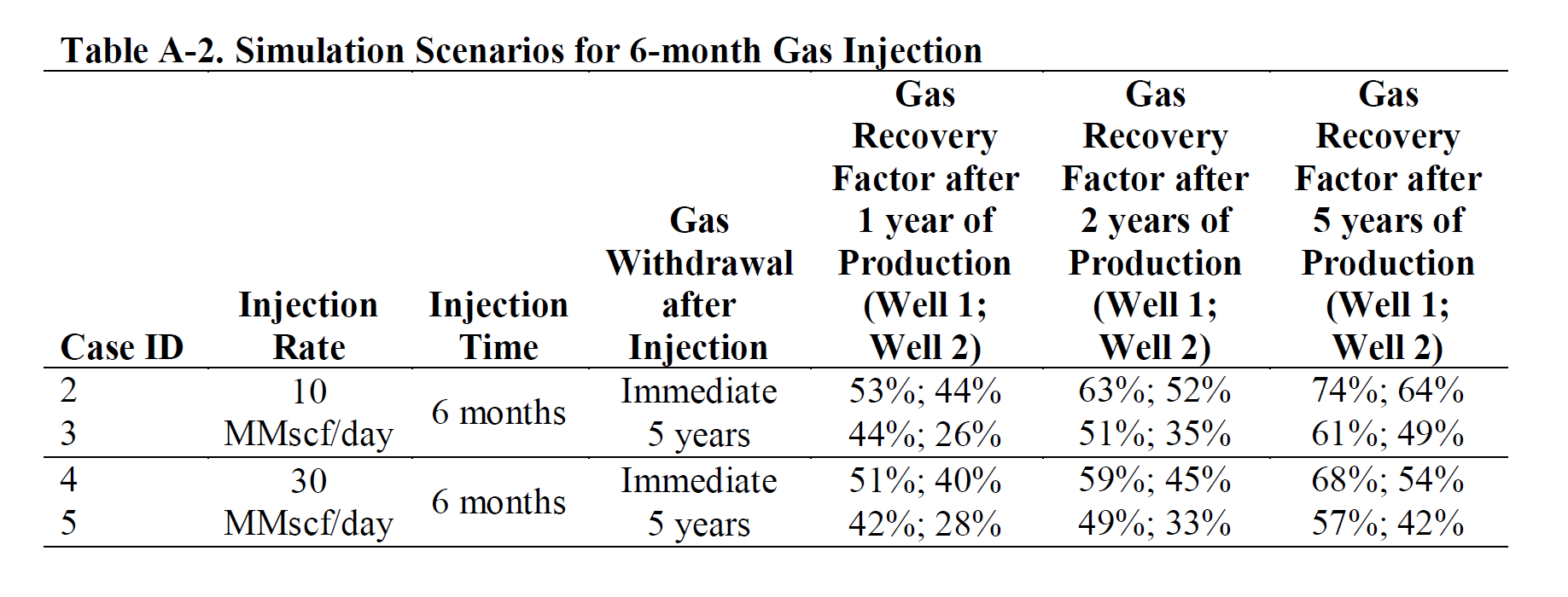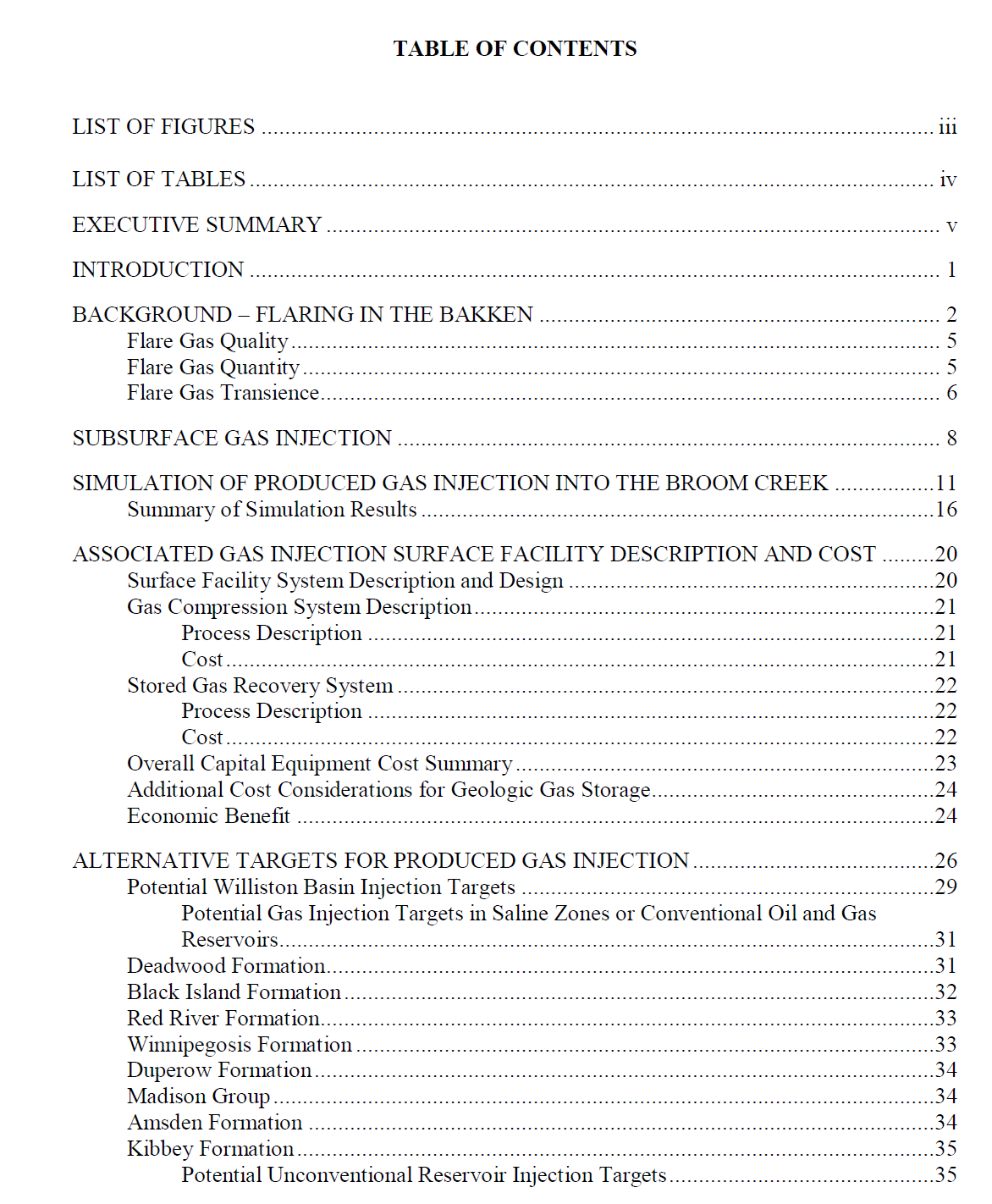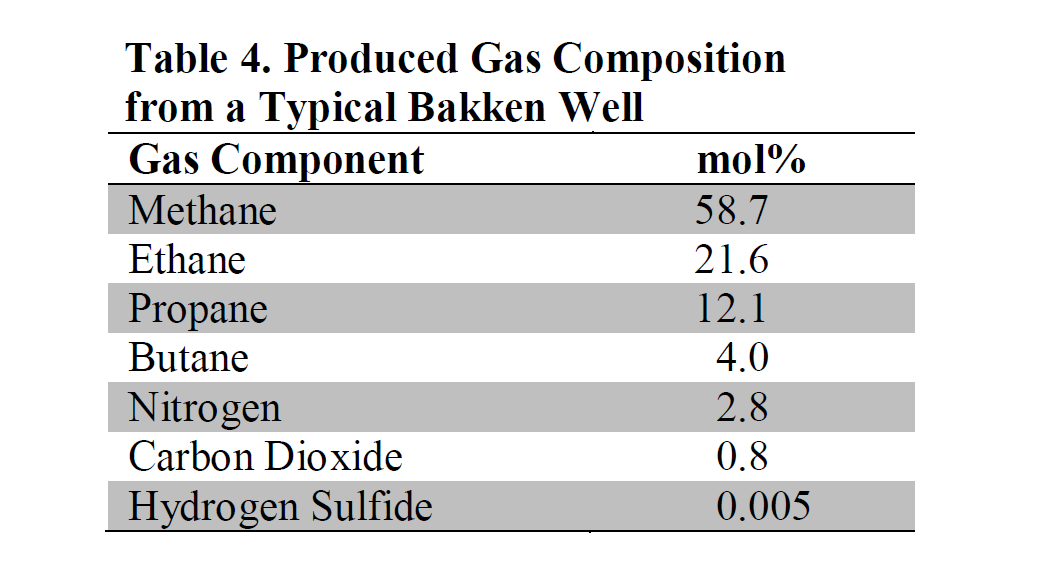在过去十年中,从巴肯石油系统(Bakken)开采的石油和天然气大幅增长,然而没有相应地建设天然气收集基础设施,这导致产出火炬气量增加了很多。北达科他州工业委员会(NDIC)与工业界合作,制定了气体捕获要求,以减少火炬气的体积。 为了评估向地下目标含水层注入和采出天然气的可行性,本研究开发了Broom Creek组储层数值模拟模型。使用斯伦贝谢公司的Petrel E&P软件平台建立地质模型,采用计算机模拟软件集团(CMG)的GEM软件进行数值模拟研究工作。研究评估了各种不同的天然气注入和开采方案,本报告后续章节将对此进行了详细讨论。
Extraction of oil and gas from the Bakken petroleum system (Bakken) has dramatically increased over the past decade without commensurate augmentation of gas capture infrastructure, which has resulted in increased flaring of produced gas. The North Dakota Industrial Commission (NDIC) has worked with industry to establish gas capture requirements to reduce the volume of flared gas. However, in the face of increasing production, industry is experiencing challenges in meeting the current gas capture requirement of 88%. Basinwide estimates of voluntarily curtailed oil production range from 50,000 to 80,000 bbl/day as oil companies are faced with the challenges of meeting gas capture requirements.
To evaluate the feasibility of produced gas injection and recovery into a subsurface saline geologic target, a reservoir simulation model for a portion of the Broom Creek Formation was developed. The reservoir model was constructed by coupling a geologic model developed using Schlumberger’s Petrel E&P software platform (Schlumberger, 2016) with numerical simulation software developed by Computer Modelling Group’s (CMG’s) GEM Software (Computer Modelling Group, 2018). Once developed, the reservoir model was used to evaluate a variety of different gas injection and recovery scenarios, which are discussed further in subsequent sections of this report.
阅读原文
EVALUATION OF SUBSURFACE PRODUCED GAS INJECTION






